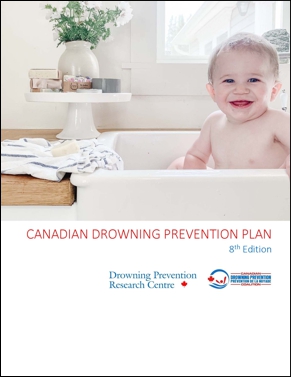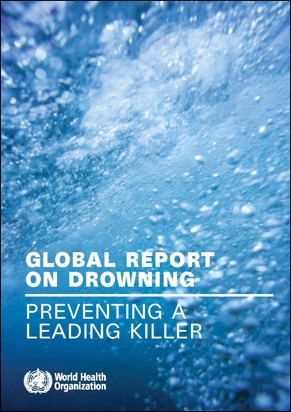The drowning research process involves data collection, research
tabulation and analysis, and development of reports. A data
collection form and process is used to extract the water-related
deaths data from the offices of the Chief Coroners and Medical
Examiners in each province. The scope of this research:
- Collects the data needed to profile victims of aquatic
incidents, including the circumstances and contributing factors
under which these incidents occurred.
- Includes all deaths in each province and Canada overall
resulting from incidents "in, on or near water"; "near-water"
incidents were included if the incident was closely related to
water-based recreational, vocational or daily living activity, or
if the presence of water appeared to be an attraction contributing
to the incident.
- Includes only preventable (unintentional) deaths. It does not
include deaths due to natural causes, suicide, or homicide.
:::

Drowning: A Top Cause of Death
The World Health Organization (WHO) Global Report on Drowning:
preventing a leading killer shows drowning is among the top
causes of death for children worldwide, and programs like the
Society's Swim to Survive could have immunization-like benefits.
The WHO report identifies drowning as a major public health issue
and calls on the world's nations to ramp up drowning prevention
efforts.
Read or download the Global Report on Drowning:
Preventing a Leading Killer
Read or download Preventing Drowning: An
Implementation Guide
Read or download the UN's resolution on global
drowning prevention in various languages
:::
